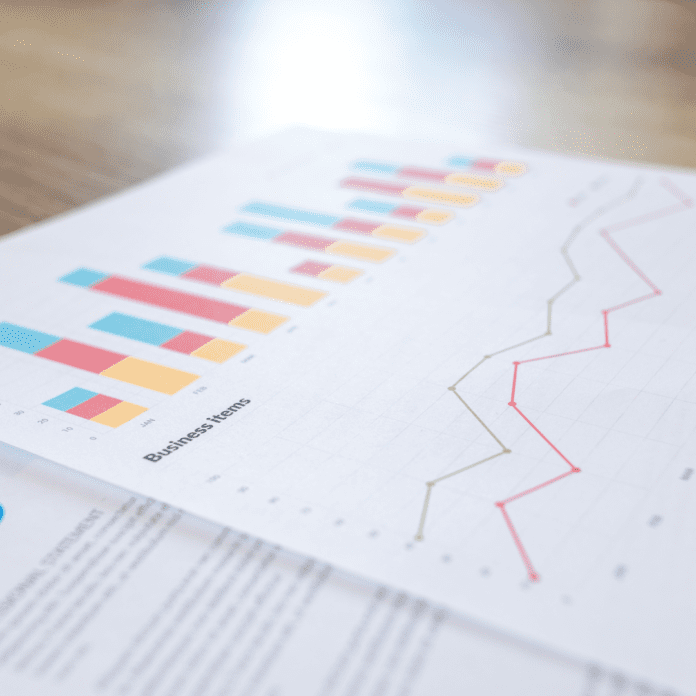When the pandemic hit the world back in 2019, it became hot news all over the countries. Every news channel focused on covering the Covid situation. Because of the lockdown, people constrained themselves by staying in their houses. And the only source they could use to know more about the situation outside their home was the news. Eventually, it became a habit for most people to watch the television and scroll through the channels to gain some knowledge.
The situation got better, and the countries were let loose by lifting the bans. The news about the pandemic was less focused, and people were continuing their lives. Just when everything was running smoothly, the media started to telecast more about the protests and events happening in the island country, Sri Lanka.
People were protesting against the government for imposing high taxes and increasing oil and food consumption prices. When the press questioned the government about the reasons for this crisis, they blamed the Covid pandemic, which affected Sri Lanka’s tourist trade – one of its biggest foreign currency earners.
However, many experts blamed the government for its economic mismanagement.
But let’s dig further into the statement given by the government.
Did Covid affect the economic growth of Sri Lanka?
The answer is Yes.
Sri Lanka is an island country, and one of the main economic sectors is tourism, which highly contributes to foreign exchange. The tourism industry brought much forex, but Covid-19 induced restrictions and brought a drop in tourism.
However, the 2019 serial bomb blasts in Colombo already impacted the tourism sector, which also contributed to the fall of the tourism industry.
But is only Sri Lanka depends much on the tourism sector?
Definitely No.
Countries like Thailand, Malaysia, Singapore and Australia also based on Tourism for their economic growth.
But why did only Sri Lanka affected more than these countries?
And here comes the reasons other than the government stated.
The reason for the economic crisis that appeared in Sri Lanka was not only based on the pandemic situation. But the ongoing political issues too.
And we will discuss further it in this essay.
What’s the cause of this? Has this crisis been prevailing already in Sri Lanka?
The answer is yes.
Apart from tourism, Sri Lanka is known for its tea exports and agricultural cultivation. It played an important role in developing the nation’s economy.
The real crisis started back in the year 2019. The country’s imports increased compared to the exports. Sri Lanka was running out of foreign exchange by the overuse of importing items from all over the world for unnecessary things.
So they started to reduce imports gradually and increase the taxes on people.
When Sri Lanka’s foreign currency shortages became a major problem in early 2021, the government tried to limit the outflow by banning imports of chemical fertilizers and telling farmers to use locally sourced organic instead, which led to widespread crop failure.
Sri Lanka had to supplement its food stocks from abroad, and its foreign currency shortage made this even worse. They couldn’t import oil and fuels because of the current ongoing situation between Russia and Ukraine, which are producers of Oil production.
The news channels telecasted the protest and struggles of people residing in the island country. They covered the difficulties of people lining up in a large queue to fill their vehicles with petrol and diesel. The health system is also collapsing because of the lack of medicines. Running out of gas for cooking and paying high prices for the basic commodities angered the citizens of Sri Lanka.
People started to protest against the government on the rise of taxes and long-hour power cuts, which almost exceeded more than fourteen hours.
Sri Lanka is currently facing a multi-faceted crisis. Years of economic mismanagement, consistent borrowing of unsustainable loans, and policy failures have contributed to a full-scale political and economic crisis.
By 2022, the county was left with billions of debts to global lenders. The World Bank has ruled out bridge financing or new loan commitments to Sri Lanka until the island nation’s economy becomes normal.
But countries like India and China have extended assistance in providing food and fuel. For the last three months, India has delivered a million tonnes of rice to the people starving in Sri Lanka. India has lent some short-term loans for the country to purchase petroleum products.
Changes have also occurred in Sri Lanka’s government. Much of the anger for the economic crisis, Prime Minister Mahinda Rajapaksa got dismissed in May in the face of widespread protests.
The country’s situation is still not clear. It’s not something which can improve in a night. The problem has been prevailing for so many years, and it will take some time to become normal.
Until then, all one can do is hope for a better solution.










